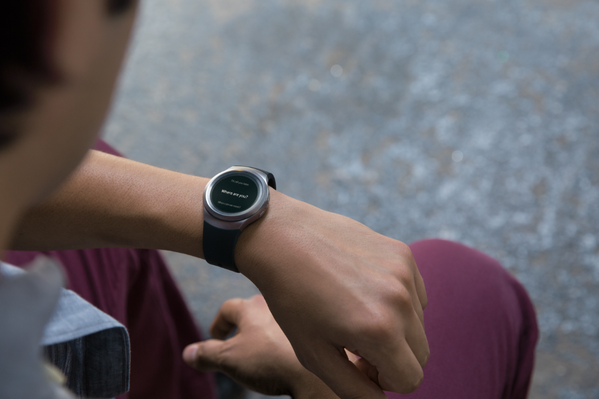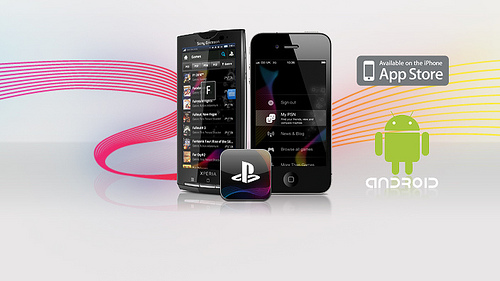The race for the best technology packed into the palm of your hands has been on going for decades. In the cellphone business we all watch as various companies are pushing screen resolution to 2K, and even 4K, and matching the camera to take 4k videos paired with bigger and better cameras. The next step will easily be flexible screens. LG has the G Flex, which does bend. Samsung has been showing off various concepts of unbreakable flexible displays for some time now. While screens can bend and flex, other components are pretty solid and rigid. However, a Rice University laboratory is setting their sights on making at least one major component in the portable electronic industry a bit more ‘flexible’.

In testing the team found that their square-inch little flexible creation held 76% of its capacity over 10,000 charge/discharge cycles and 1,000 bending cycles. When the team set out to create this marvel, they were looking to find a material that had the flexible qualities of graphene, carbon nanotubes and conducting polymers. All of course while finding a material that had a higher electrical storage capacity.
“This is not easy to do, because materials with such high capacity are usually brittle,” he said. “And we’ve had really good, flexible carbon storage systems in the past, but carbon as a material has never hit the theoretical value that can be found in inorganic systems, and nickel fluoride in particular.”
“Compared with a lithium-ion device, the structure is quite simple and safe,” Yang said. “It behaves like a battery but the structure is that of a supercapacitor. If we use it as a supercapacitor, we can charge quickly at a high current rate and discharge it in a very short time. But for other applications, we find we can set it up to charge more slowly and to discharge slowly like a battery.”
The team is already in talks with companies that are interested in commercializing this new flexible battery technology. We have our suspicions that LG and Samsung might be mixed in those talks. Just think, a fully flexible screen with a fully flexible battery could allow for non-flexible components to be on the top and bottoms and allow the middle to flex freely all while giving you plenty of power. it would also lead to a whole new set of not only phone and tablet designs, but watches and wearables too.
Source: Cellular-News









